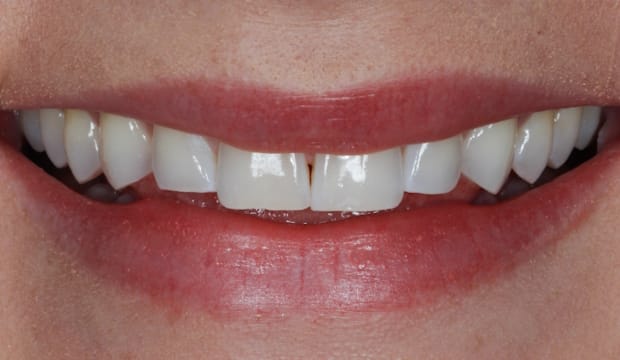
BEFORE
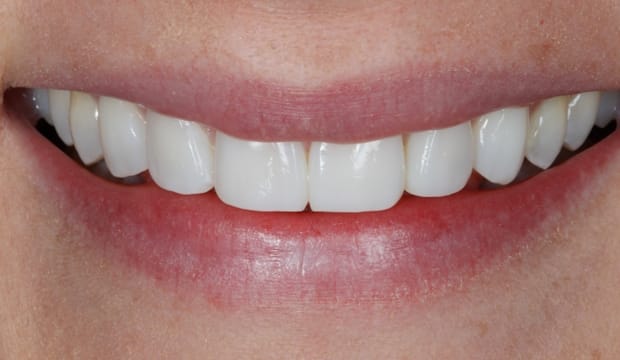
AFTER
How does Composite Bonding treatment work?

Step 1: Diagnosing and Planning
Most teeth have naturally consistent proportions, which helps us assess how much tooth structure has been lost due to wear and determine the amount needed to restore both function and aesthetics. As always, we carefully analyse the tooth anatomy and design the ideal shape for the restoration, ensuring the original beauty is brought back.
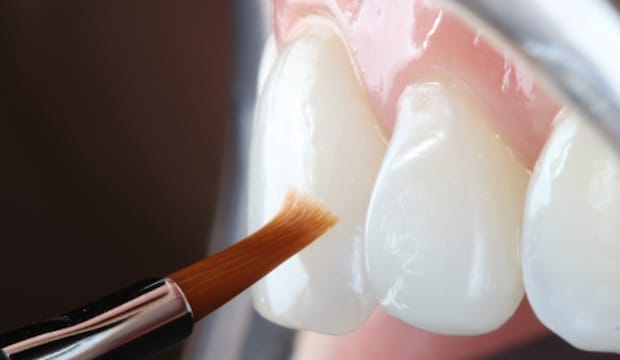
Step 2: Composite layering
We then just need to transfer the drawings onto the teeth. Composite is layered on the surface of the enamel, without damaging it. In the end, we create textures that resemble teeth’s natural appearance and polish thoroughly, ensuring long lasting shine.
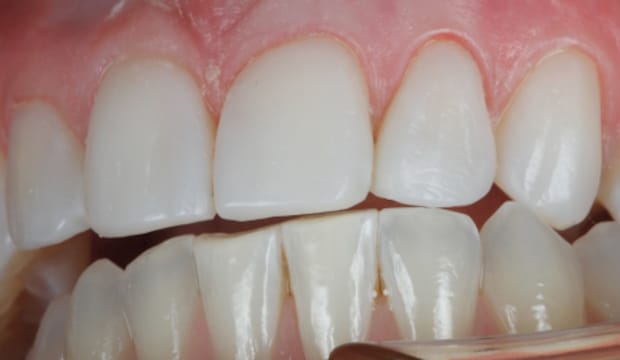
Step 3: Polishing and bite adjustments
At the end of the session, it’s essential to carefully assess the functional aspects of the new restorations, including the bite and jaw movements. Canine guidance, as shown in this photo, plays a critical role in preventing premature chipping of the composite bonding and ensuring long-term stability.
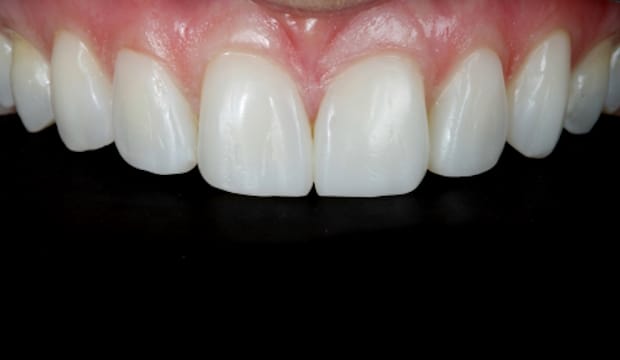
Step 4: Review the final outcome
While composite bonding is typically completed in a single session, it’s essential to schedule a follow-up a few days or weeks later to ensure the patient is completely satisfied with
the outcome. This review helps us verify that the bite is properly aligned and the polish remains flawless.
Explore more of our before & afters…
Wimpole St Dental Clinic has strict sourcing guidelines and relies on peer-reviewed studies, academic research institutions, and medical associations. We avoid using tertiary references. You can learn more about how we ensure our content is accurate and current by reading our editorial policy.







